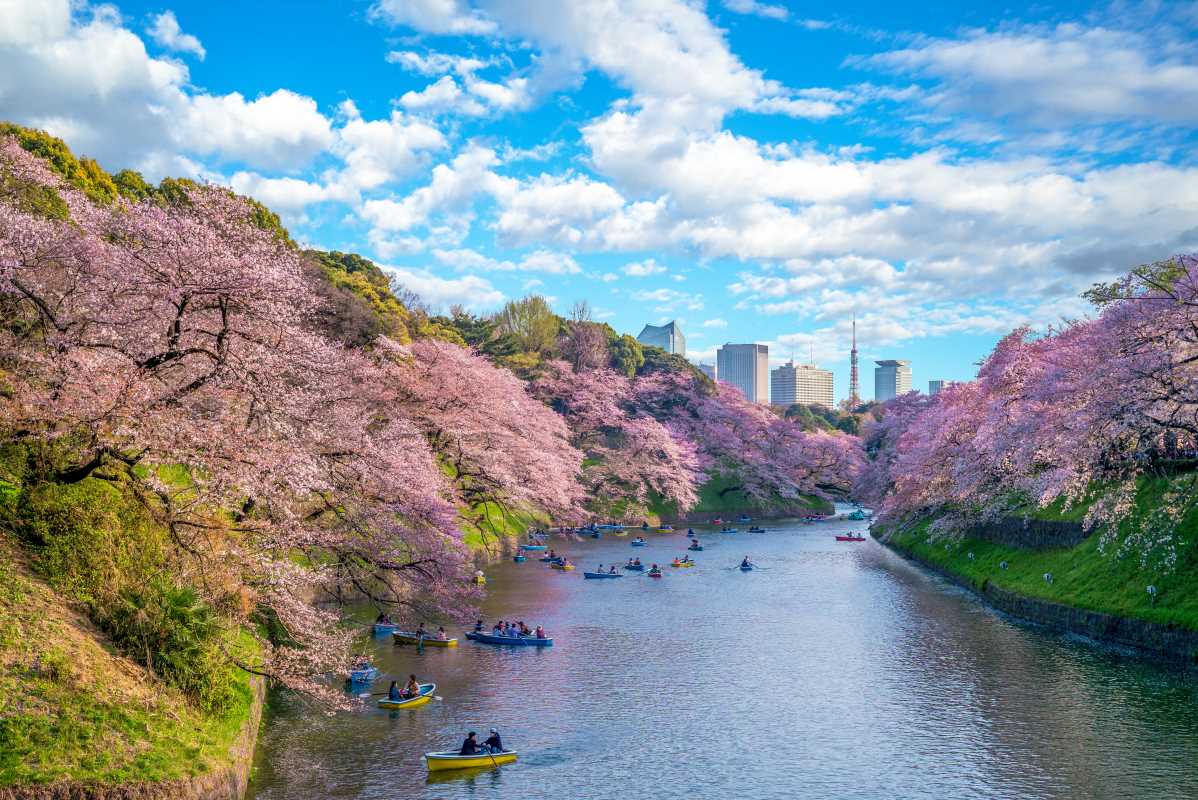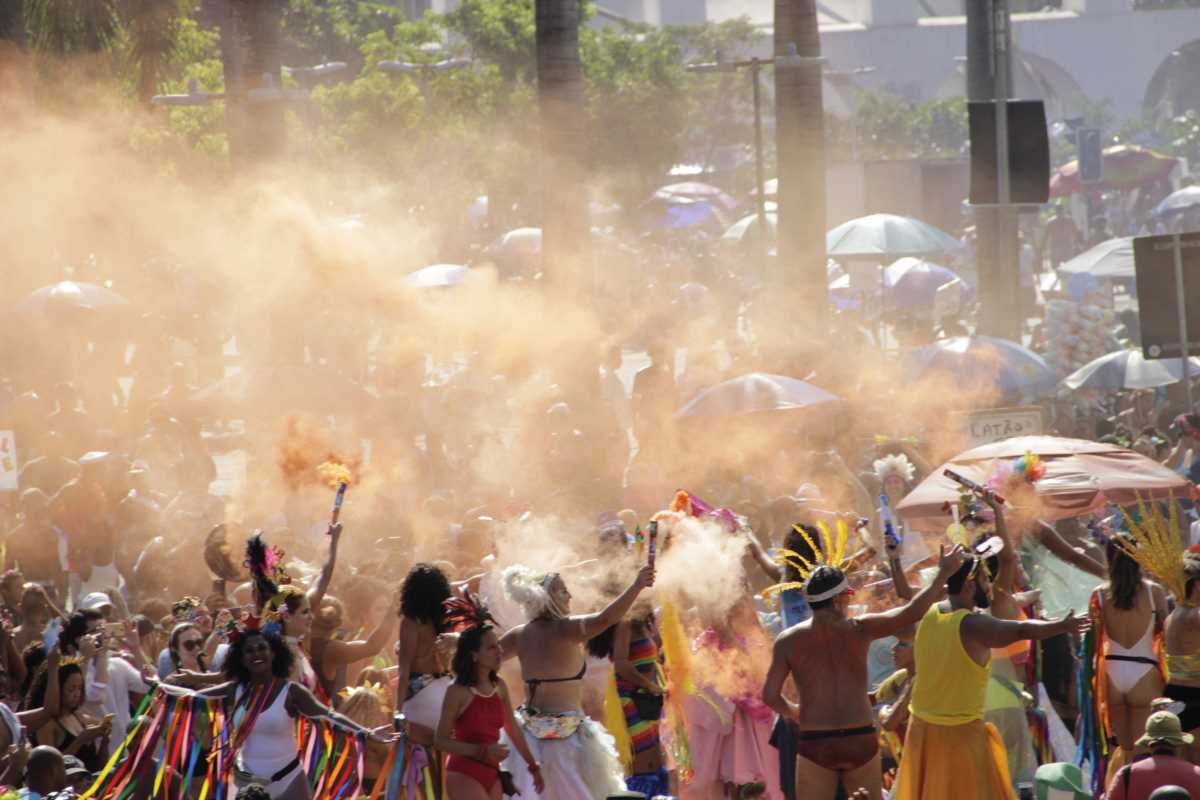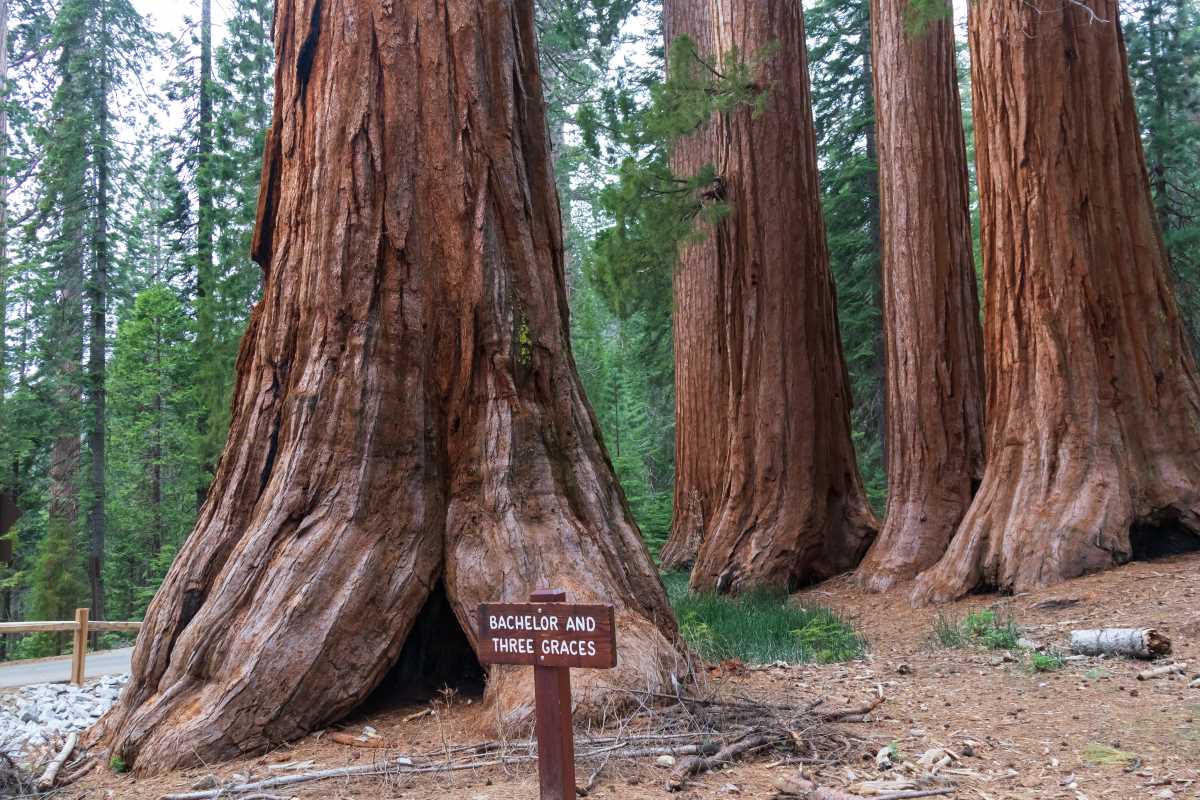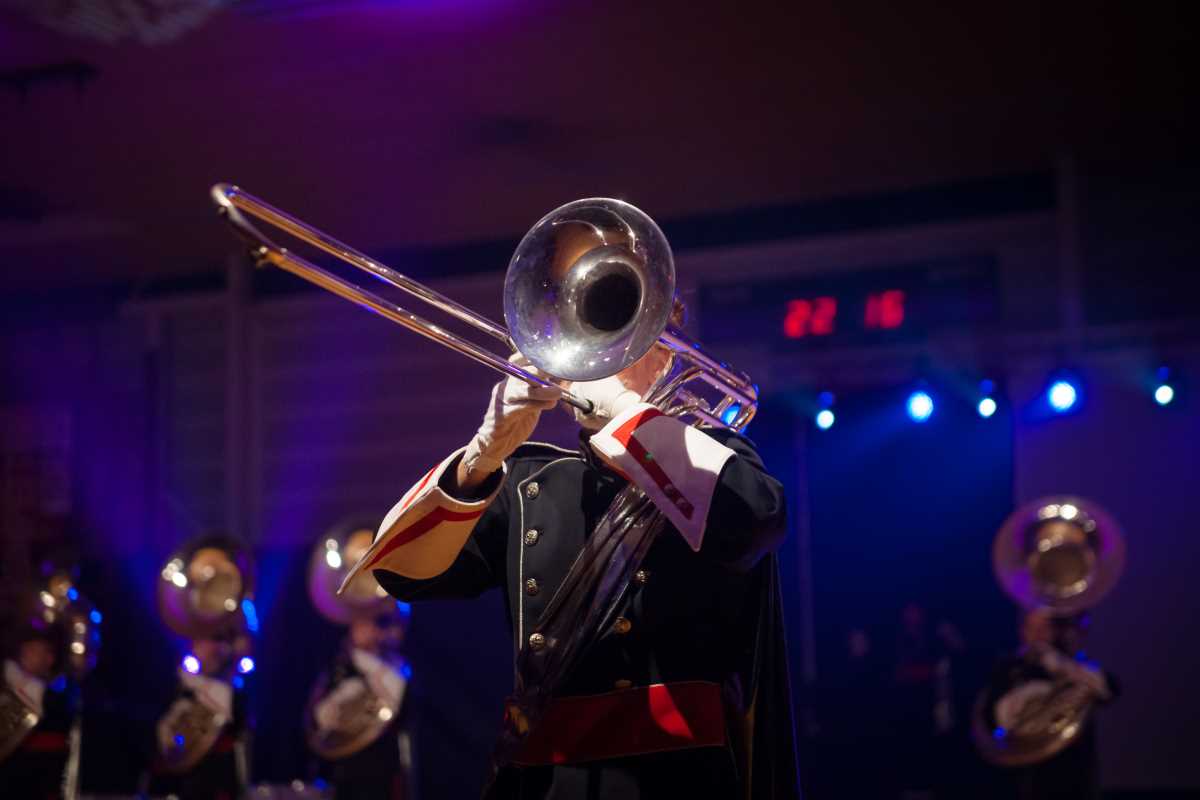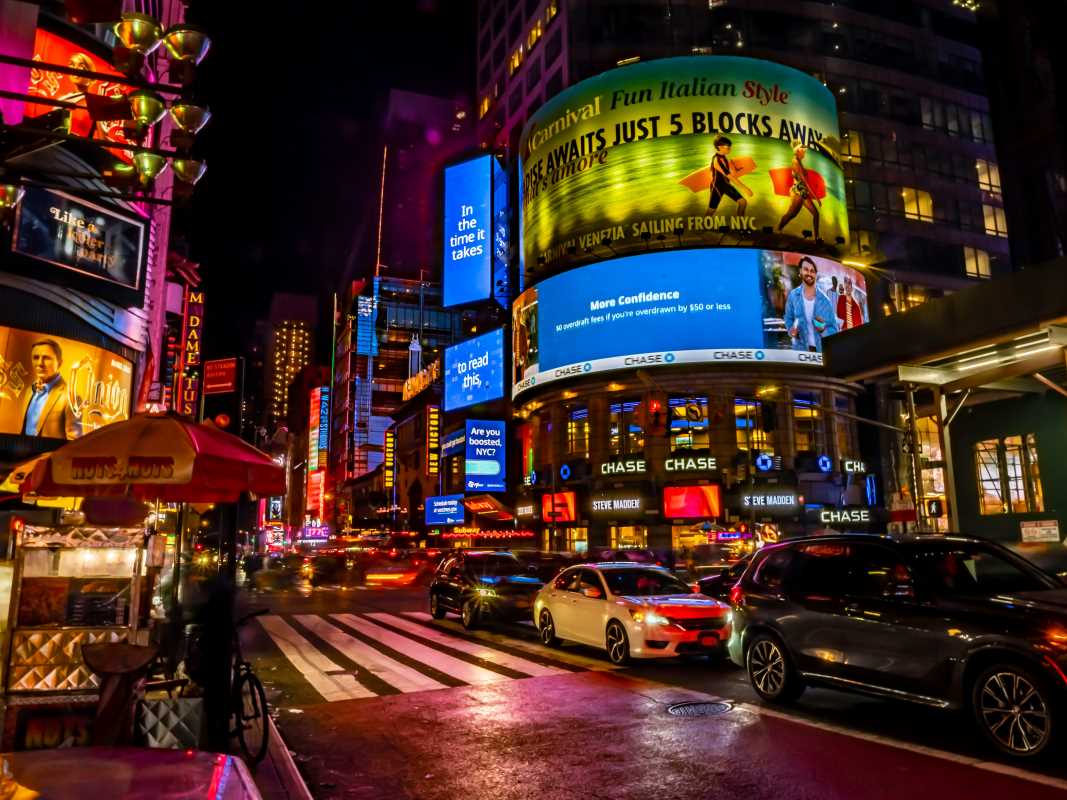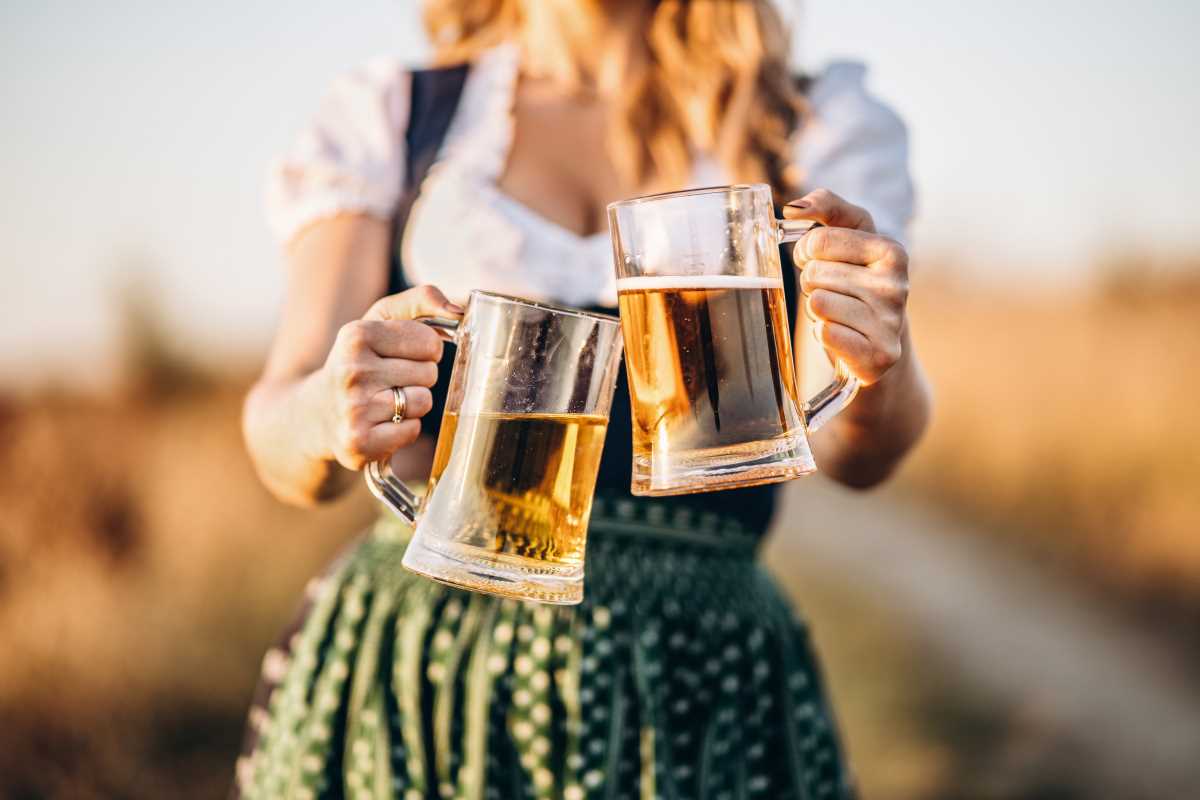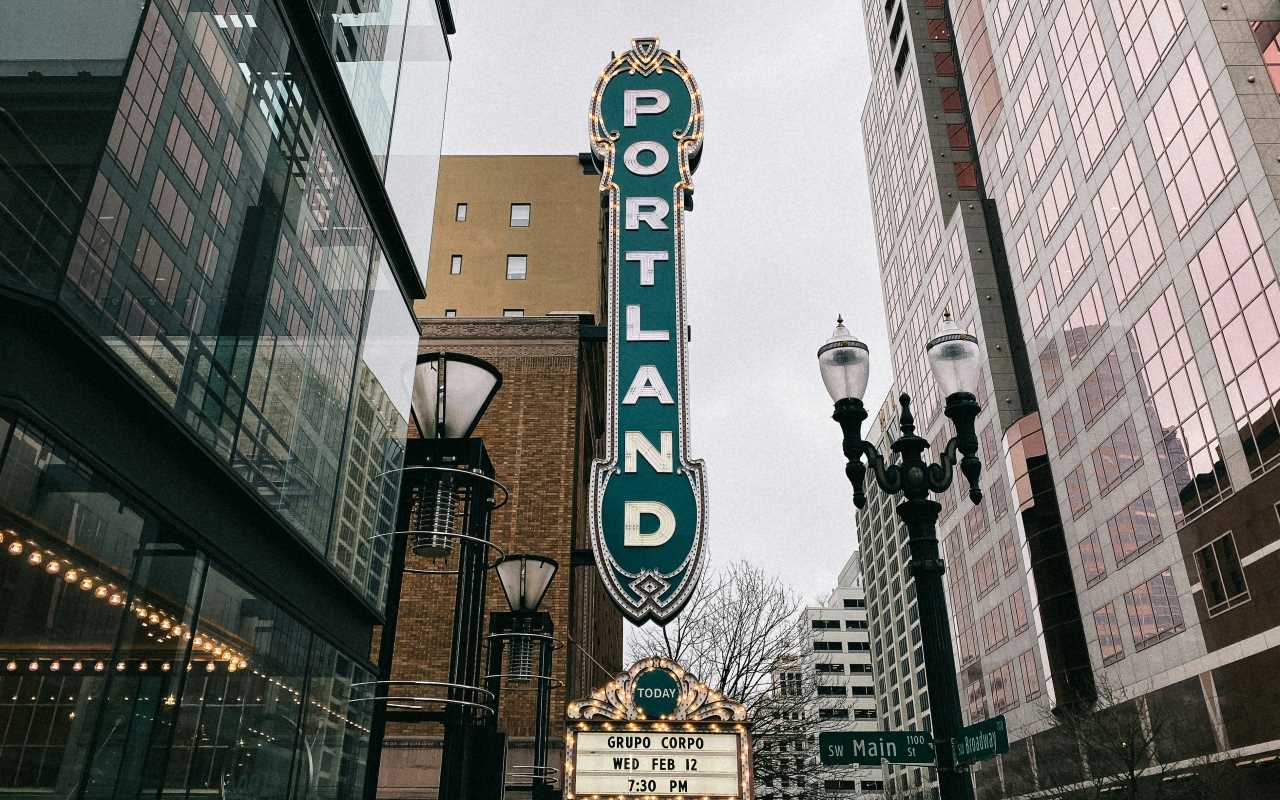Mumbai, the city that never sleeps, glows even brighter during Diwali, the festival of lights. The air fills with excitement, homes are decorated with colorful lanterns, and the night sky erupts in dazzling fireworks. Experiencing Diwali in Mumbai is an unforgettable immersion into India’s most beloved festival.
You'll discover the meaning behind the five days of Diwali, find the best spots to see fireworks and lanterns, and get practical tips for a safe and joyful trip. Get ready to learn about the cultural and spiritual significance of this beautiful event and explore the best things to do in Mumbai during Diwali! It’ll feel like you’re in a fairytale.
The Victory of Light: The Meaning of Diwali
Diwali, or Deepavali, literally means "row of lighted lamps." This five-day festival is one of the most significant holidays in India, celebrated by Hindus, Jains, Sikhs, and some Buddhists. At its heart, Diwali symbolizes the spiritual victory of light over darkness, good over evil, and knowledge over ignorance.
While many regional stories are associated with the festival, the most common one celebrates Lord Rama's return to his kingdom of Ayodhya after defeating the demon king Ravana. To welcome him home after 14 years in exile, the people of Ayodhya lit rows of clay lamps (diyas), illuminating his path. This tradition continues today, with lights and lamps decorating homes and public spaces across the country.
The Five Days of Diwali
Diwali is not a single day but a five-day affair, with each day holding special significance.
- Dhanteras: This first day is considered auspicious for buying gold, silver, and new utensils. Markets are bustling with shoppers, marking the official start of the festive season.
- Naraka Chaturdashi (Choti Diwali): The second day, or "small Diwali," celebrates Lord Krishna's victory over the demon Narakasura. It is a day for early morning rituals and the beginning of festivities.
- Lakshmi Puja: This is the main day of the festival. Families gather to perform a puja (prayer) to Lakshmi, the goddess of wealth and prosperity, inviting her into their homes. This is when the city truly comes alive with lamps and fireworks.
- Govardhan Puja: The fourth day commemorates Lord Krishna lifting the Govardhan Hill to protect villagers from the wrath of Indra, the god of rain. Food is a central part of this day’s celebration.
- Bhai Dooj: The final day celebrates the bond between brothers and sisters. Sisters pray for their brothers' long life and well-being, and brothers give gifts in return.
Where to See Diwali Lights and Fireworks in Mumbai
As evening falls on Lakshmi Puja, Mumbai's skyline transforms into a spectacle of light. Here are the best places to witness the magic.
- Marine Drive: This iconic C-shaped boulevard, known as the "Queen's Necklace," is one of the most popular spots to watch Diwali fireworks in Mumbai. Families and friends gather along the promenade to light firecrackers and watch spectacular displays over the Arabian Sea. The reflection of the lights on the water is truly breathtaking.
- Girgaon Chowpatty: Located at the northern end of Marine Drive, this famous beach becomes a hub of activity. It offers a wide, open space perfect for setting off fireworks and enjoying the festive atmosphere with a backdrop of the city skyline.
- Neighborhood Explorations: To see beautiful decorations, take a walk through residential areas. Neighborhoods like Shivaji Park in Dadar, and the suburbs of Ghatkopar and Dombivli are known for their community spirit, with buildings adorned with strings of lights and elaborate rangoli (colorful floor patterns).
- Temple Complexes: Temples across the city, such as the Siddhivinayak Temple in Prabhadevi and the ISKCON Temple in Juhu, are beautifully decorated and hold special prayer services. Visiting a temple offers a more spiritual and serene experience of the festival.
The Art of the Kandil: Diwali Lanterns
One of the most beautiful sights during Diwali in Mumbai is the abundance of kandils, or paper lanterns. These lanterns, often shaped like stars, globes, or intricate geometric patterns, are hung outside homes and in marketplaces.
For a fantastic cultural experience, visit a market where these are sold. Matunga and Dadar markets are famous for their rows of shops selling colorful and creative kandils. Buying one is a great way to participate in the tradition and take home a beautiful souvenir.
Tips for a Safe and Enjoyable Diwali
Mumbai is energetic and crowded during Diwali. These tips will help you navigate the festivities with ease.
Etiquette and Safety
- Respect Local Traditions: Diwali is a family-oriented and religious festival. Be mindful and respectful when observing prayers or visiting homes.
- Fireworks Safety: Always maintain a safe distance from where fireworks are being lit. Be aware of your surroundings, as crackers can be set off in unexpected places.
- What to Wear: Modest and comfortable clothing is recommended. Traditional Indian wear, like a kurta for men or a salwar kameez for women, is a great way to get into the festive spirit. Cotton fabrics are a safer choice due to the prevalence of open flames from diyas and fireworks.
Budget and Transportation
- Budgeting: Many Diwali experiences, like watching fireworks at Marine Drive or exploring decorated neighborhoods, are free. Enjoying festive sweets and street food is also very affordable.
- Public Transport: Mumbai's local trains and buses will be crowded. Plan your travel in advance and avoid peak hours if possible. Using ride-sharing apps is a good option, but expect surge pricing and traffic delays.
Family-Friendly and Noise-Sensitive Options
- Family Fun: Diwali is a magical time for children. They will love the lights, colors, and festive sweets. Visiting a local market to pick out diyas and a kandil is a wonderful family activity.
- Noise-Sensitive Alternatives: If you are sensitive to loud noises, you can still enjoy the festival. Focus on the visual aspects by visiting beautifully lit temples, walking through decorated markets in the early evening, or enjoying a festive meal at a restaurant. Many communities are also shifting towards silent or eco-friendly fireworks.
Don't Forget the Sweets!
No Diwali celebration is complete without indulging in traditional Indian sweets, known as mithai. Look for treats like kaju katli (cashew fudge), jalebi (a crispy, syrup-soaked sweet), and ladoos (sweet flour balls).
A 2-Day Sample Itinerary for Diwali
- Day 1: Choti Diwali
- Morning (11:00 AM): Head to Matunga or Dadar market. Immerse yourself in the festive chaos, shop for a small kandil or some diyas, and try some fresh jalebi.
- Afternoon (3:00 PM): Visit a major landmark like the Gateway of India.
- Evening (7:00 PM): Explore a beautifully decorated residential area like Shivaji Park. Enjoy dinner at a local restaurant offering a special Diwali menu.
- Day 2: Lakshmi Puja (Main Diwali Day)
- Afternoon (4:00 PM): Enjoy a relaxed afternoon. Many shops will be closed as families prepare for the evening puja.
- Evening (7:00 PM): Make your way to Marine Drive. Find a spot along the promenade and prepare for the main event.
- Night (8:00 PM onwards): Watch as the sky fills with fireworks. Soak in the joyous atmosphere as the city celebrates the victory of light.
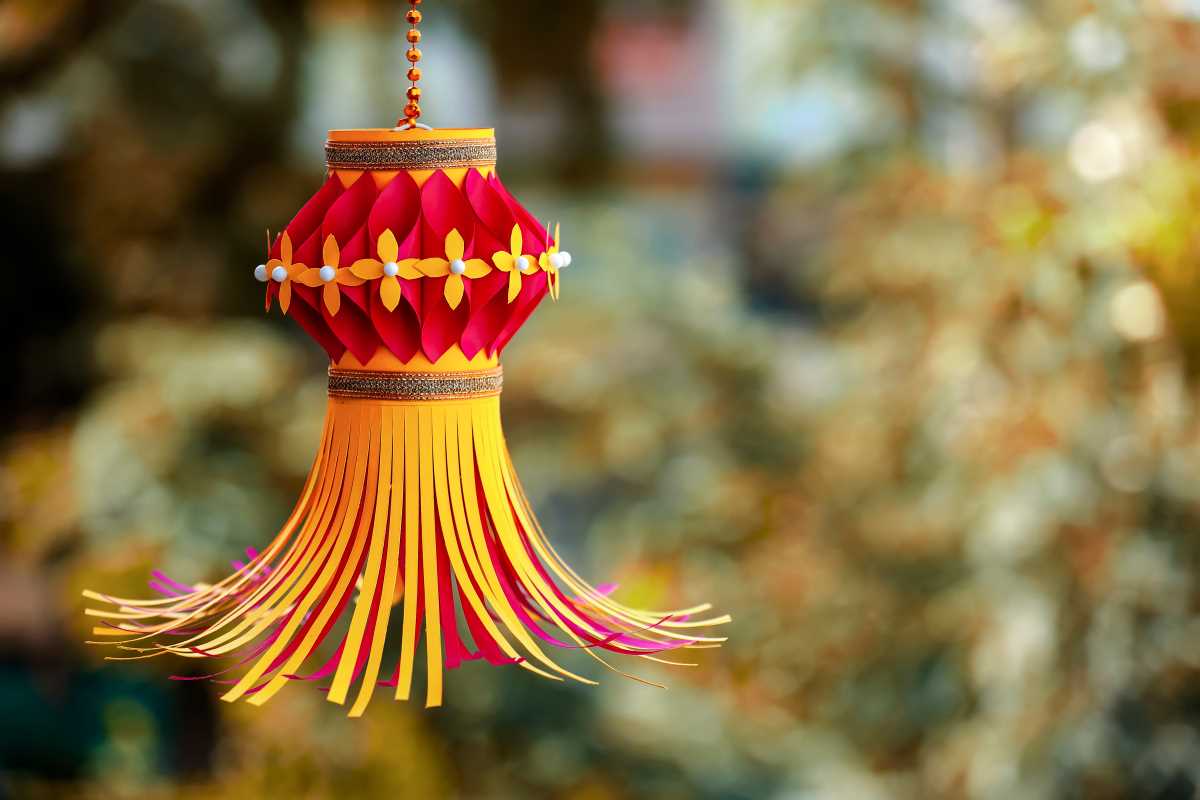 (Image via
(Image via